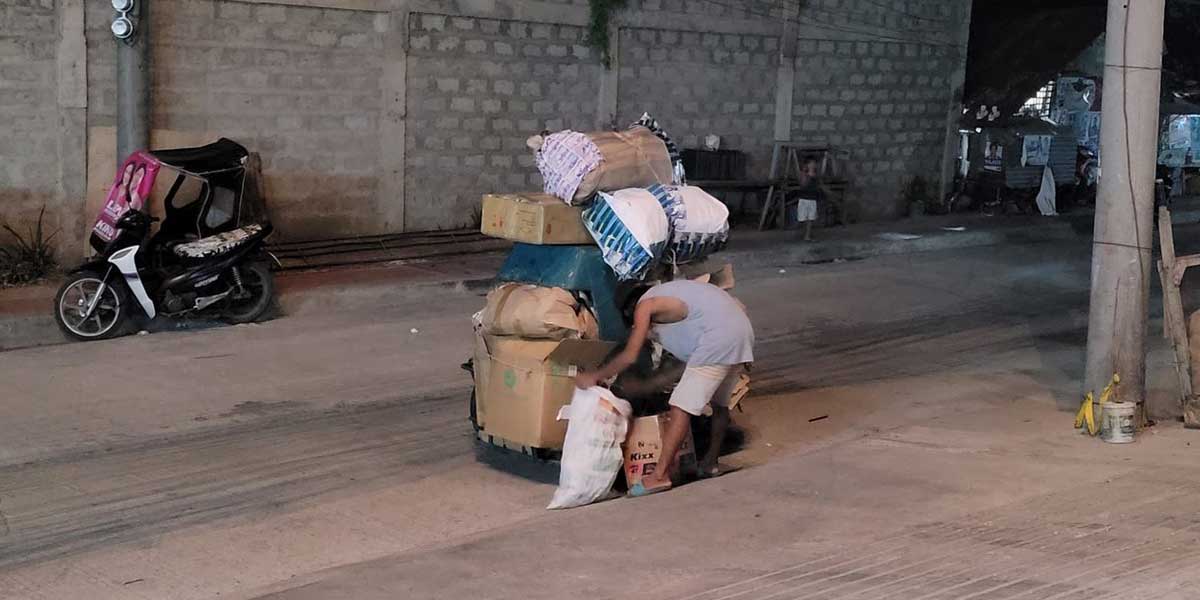Iloilo International Airport, a key hub for Western Visayas, is on the cusp of a major upgrade. With the Department of Transportation (DOTr) allocating P650 million in its 2025 budget for expansion, there is a clear recognition of the airport’s critical role in the region’s growth.
However, the urgency of these upgrades should not be contingent upon the progress of a Public-Private Partnership (PPP) scheme. As airlines, such as Cebu Pacific, aggressively expand routes from Iloilo, stakeholders must act decisively to prevent the congestion woes that have plagued Manila’s Ninoy Aquino International Airport (NAIA).
It’s essential that stakeholders act now. PPP scheme, currently in negotiation, is a promising route for large-scale improvements, but waiting for the finalization of this deal could result in delays, echoing the mistakes seen in NAIA, which expanded only when it was already overburdened, causing years of inefficiencies and poor service.
Iloilo’s airport must avoid that fate by acting swiftly, whether or not the PPP materializes.
The proposed upgrades include expanding the passenger terminal building, enhancing the apron, and improving the runway—upgrades long overdue given the increasing volume of flights and passengers.
The increase in flights from Iloilo—serving new destinations such as Hong Kong, Singapore, and key domestic cities—underscores the airport’s growing importance. Cebu Pacific alone plans to boost its Visayas-Mindanao network by 18 additional routes by the end of 2024. This surge in air traffic means more pressure on an already limited capacity.
Waiting for PPP negotiations, like the one with Prime Asset Ventures, Inc., to finalize before implementing these necessary upgrades could be detrimental. The lessons from NAIA are clear: expansion must precede congestion, not follow it.
The National Economic and Development Authority’s projections suggest that air transport supports job creation, tourism, and regional economies, making Iloilo Airport’s upgrade not just a necessity but a critical investment in Western Visayas’ future. The airport’s expansion, including additional terminals, upgraded runways, and expanded aprons, must happen before congestion becomes unmanageable.
While the PPP initiative for a P12.79-billion project is commendable, the government must press forward with or without it. The 2025 budget allocation shows commitment, but this should be backed by swift implementation. Lawmakers, local officials, and business stakeholders should rally behind the budget to ensure its passage and immediate execution. The airport is not just a public service facility—it is a strategic economic driver for the region.
Waiting for the PPP scheme to conclude would be a mistake. With funding already allocated for key upgrades, the government must prioritize immediate action to improve the airport’s infrastructure. Iloilo cannot afford the delays and overcrowding that plagued NAIA, where upgrades came too late to prevent years of chaos. Whether or not the PPP is finalized, the expansion of the Iloilo Airport must proceed urgently.
With growing international and domestic traffic, Iloilo is poised to become a critical hub for Visayas and beyond. The region cannot afford to be reactive like NAIA. Upgrading the airport now ensures that Iloilo stays ahead, rather than playing catch-up when congestion becomes an unmanageable crisis.
If stakeholders don’t act now, the window of opportunity may close. Ensuring that Iloilo remains a competitive gateway to Visayas and Mindanao depends on timely decisions and forward-thinking investments in its airport infrastructure.

























